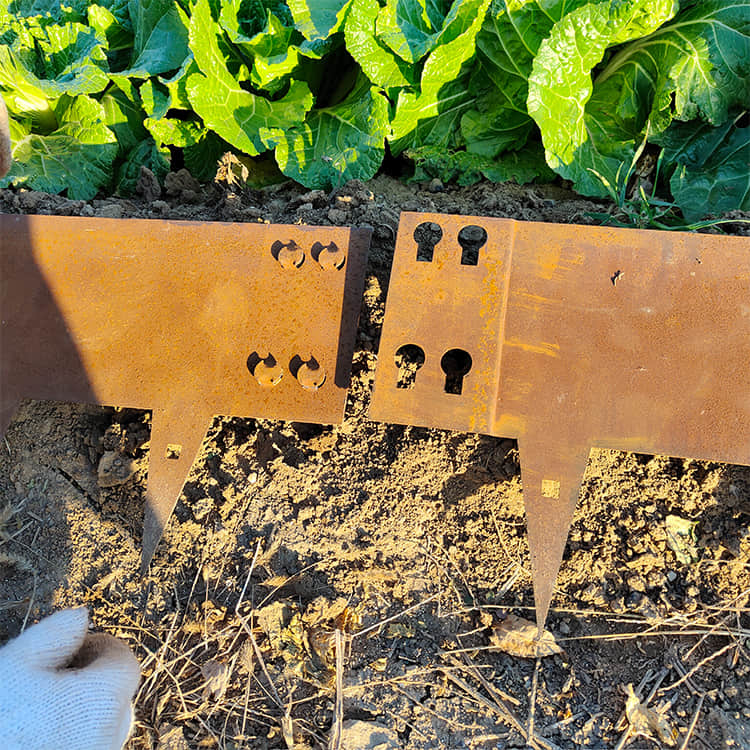First, the principle of three-dimensional printing Three-dimensional printing first with a double-lens stereo camera equivalent to the human eye to shoot two negatives, three-dimensional photography, drying into the left and right eye equivalent to the image of the plate. Then stagger printing at a certain angle. In order to see the image, a thin, concave-convex, transparent plastic sheet, referred to simply as a column lens, must be added to the printed matter. This column lens is critical, with an irregularity of 0.6 mm. Convex surfaces divide the image equally into a myriad of pixels, with 120 in/in bumps and 6 pixels under each line. These pixels respectively form a stack image that is shifted by a certain distance in the plane. This staggered distance, with the help of a cylindrical lens, forms a space that allows people to feel the depth between the front of the scene and the background, thereby obtaining a three-dimensional feeling. Second, three-dimensional photography is a prerequisite for three-dimensional photography methods are roughly divided into direct and indirect methods. The direct method refers to the method of photographing directly through the transparent column lens. Moving the lens within a certain field of view continuously photographs the object and has a good effect. The indirect rule is to take two or more photographs at a predetermined location and then combine them correctly into a gap. Considering the form of the printing plate, the effect of printing out with the Jura version is the best, because it does not interfere with the dot, but due to the limited print volume, offset printing is generally used at present. First use a 300 l/in screen to make a positive-tone color separation sheet. With the positive color separation sheet, when the printing is done, a four-color separation sheet is overprinted to form a virtual image. To displace the printing plate, the misalignment of the four dichroic films must not exceed 0.6mm. When transparent lens is attached to the printed printed matter, the thickness of the cylindrical lens must be limited, besides the pressure of the transparent column lens. Convex shape, too thick to the detriment of the three-dimensional, generally 0.2 ~ 0.3mm is appropriate. Dynamic three-dimensional printing, which is an extension of the three-dimensional printing technology, first of all, to prepare a unique animated photographs, it is a series of 18 film screens in sequence into a photo. Use this photo as the original, and apply a thin, transparent plastic plate to the front and back of the camera's photosensitive sheet, and place it in front of the plastic plate at an appropriate distance of 300 l/in. Everything is arranged properly. The reflected light of the photo passes through the screen and the plastic plate and reaches the photosensitive film. It is made into a photographic film formed by the decomposition of the pixels in a chain image. With this plate printing, it can be made dynamic. Screen. It is also necessary to attach a transparent column lens to the screen in order to achieve direct viewing with the naked eye. In the hologram printing technique of the laser, when the photograph is taken, the laser is diffused onto the object by the convex mirror, and the light reflected from the object reaches the surface of the film. Another column of light that has nothing to do with the laser light, the reference light, is reflected by the mirror and reaches the surface of the film. The overlapping of the two lasers produces a thin line called an interference line. Films with such fine lines are called holograms. Irradiating the hologram with laser light enables the image in the line to be reproduced. Hologram production and reproduction, collectively referred to as holographic or holographic.
Flexible garden edge Flexible to create the shapes you want, from intricate curves to endless straight lines, even right angle bends without a cut and join. At thesame time, it is cost-effective, wide range of applications, installation is very convenient.Stainless steel garden edge is stronger than aluminium and traditional plastic edging materials. It holds its shape for many years. It also has high strength, good quality, weather resistance and durability. size can be customized, it is not only beautiful but also good concealment after installation.The retaining plate is a temporary retaining structure to prevent the collapse of the earth in the trench and foundation pit.Garden fences can be made of cast iron, sturdy, and decorated with green vines, which can be very beautiful.The use of fence is very wide, fence network is often used for boundary isolation or regional division, regional protection.Widely used in: industry, agriculture, animal husbandry, forestry, highway, railway, national defense, airport, port, municipal fence, greening, grassland, orchard and other sites of isolation and protection of the fence net.

Stainless Steel Garden Edging,Stainless Steel Lawn Edging,Stainless Steel Edging Landscape,Stainless Steel Garden Edging Strip
Henan Jinbailai Industrial Co.,Ltd , https://www.jblbbqgrill.com